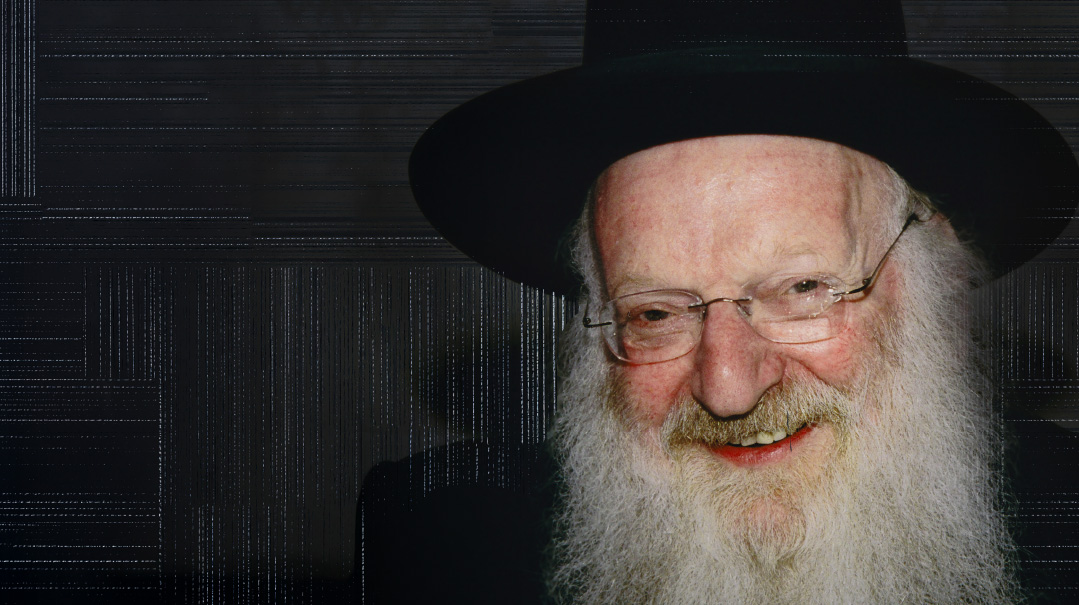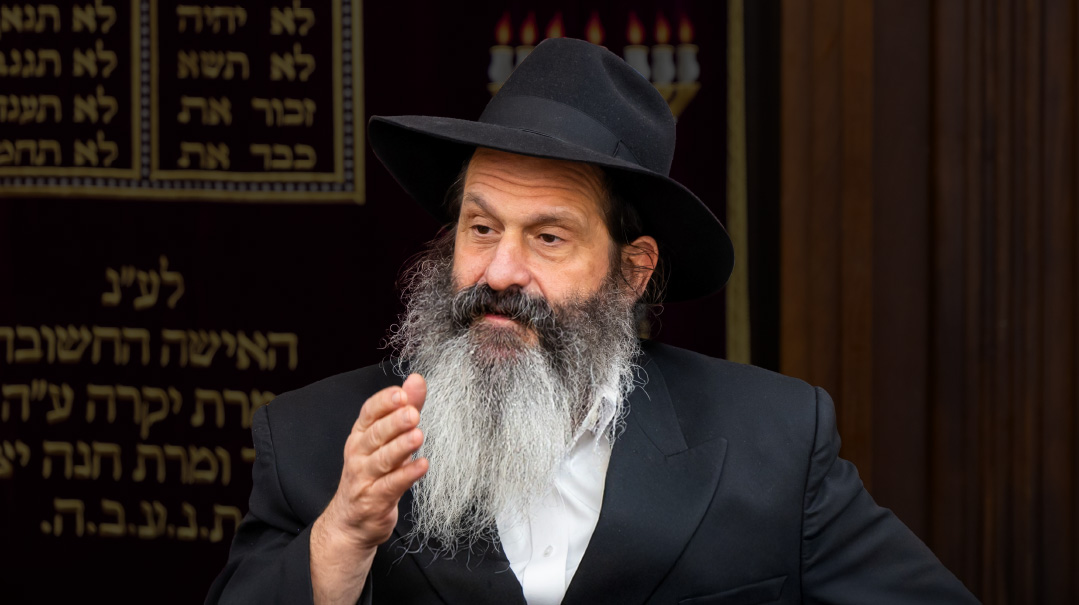Death Guard

The details of Israel’s only execution were nearly buried together with the man who pulled the lever

Photos: Flash90, Mishpacha archives
When 88-year-old Shalom Nagar passed away last week, a little-known chapter in Israel’s history was almost buried with him. For Shalom Nagar was Adolf Eichmann’s personal prison guard, and the one who pulled the lever once the noose was around his neck. Yet for years, the details of Israel’s only execution were shrouded in secrecy — until a Mishpacha conversation with Reb Shalom once the gag order was lifted
You might have seen the notices this past week about an elderly Yemenite fellow named Shalom Nagar, an 88-year-old shochet and kollel avreich from the Tel Aviv suburb of Holon, who passed away. But what you might not know is that this friendly, young-at-heart octogenarian with a pithy sense of humor and indefatigable spirit was in fact the Jewish prison guard who sprung the gallows floor under arch-Nazi Adolf Eichmann in Israel’s first and only execution back in 1962.
Nagar’s story as “Eichmann’s executioner” gained traction over the last few years, yet long before Reb Shalom became a popular interview subject for historical documentaries, Holocaust memorial clips and even class projects, I had found out about him through a contact of Rabbi Amnon Yitzchak, the famous Yemenite outreach rabbi who was instrumental in bringing Reb Shalom and his wife Ora back to a life of Torah and mitzvos.
Until then, the details of Eichmann’s hanging by the State of Israel were shrouded in secrecy — from Eichmann being given his last glass of wine to the noose being placed around his neck, to his lifeless body being incinerated in a specially-designed oven and his ashes spread over the sea outside Israel’s territorial waters.
Most of those who were involved in Israel’s only execution are no longer living, and until 20 years ago, those who were, were under a gag order against revealing any details. But when I first met Reb Shalom and his wife in 2004, the time had finally come for him to open the door to his memories. And, I learned then, his life wasn’t only a story about how he was the one to pull the lever on Eichmann’s killing floor; it was the story of a young orphan from Yemen who struggled to find his footing in those tough years of austerity and forced assimilation, yet ultimately reconnected with the legacy of his holy ancestors.
“For years I was sworn to secrecy about Eichmann’s end,” Reb Shalom told Mishpacha at the time, obviously relieved — and happy — to finally be able to share his role in Eichmann’s demise. “My commanders feared reprisals from neo-Nazis and others who still considered Eichmann a hero. But Isser Harel, the Mossad chief in charge of Eichmann’s capture in Argentina, had already written a book about it. What did I have to fear? Besides, I was involved in the great mitzvah of wiping out Amalek.”
Oops! We could not locate your form.







